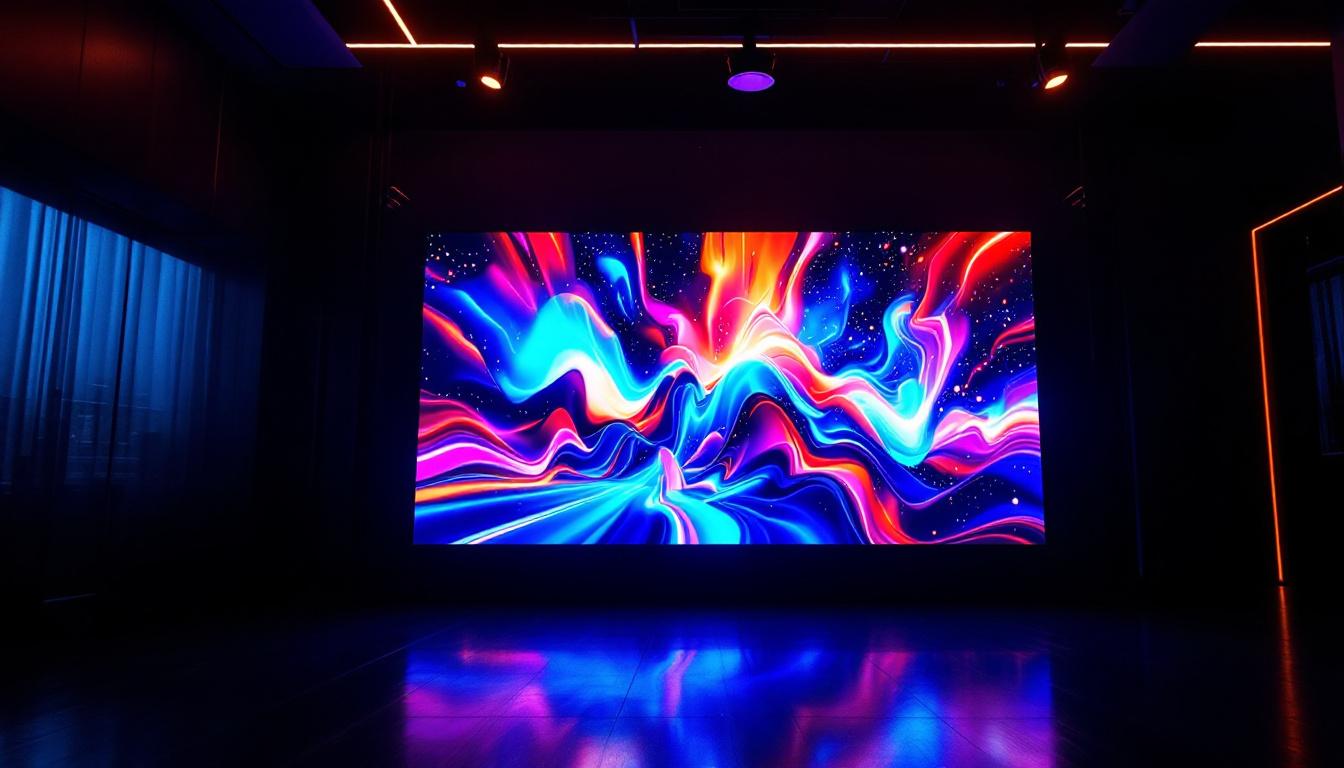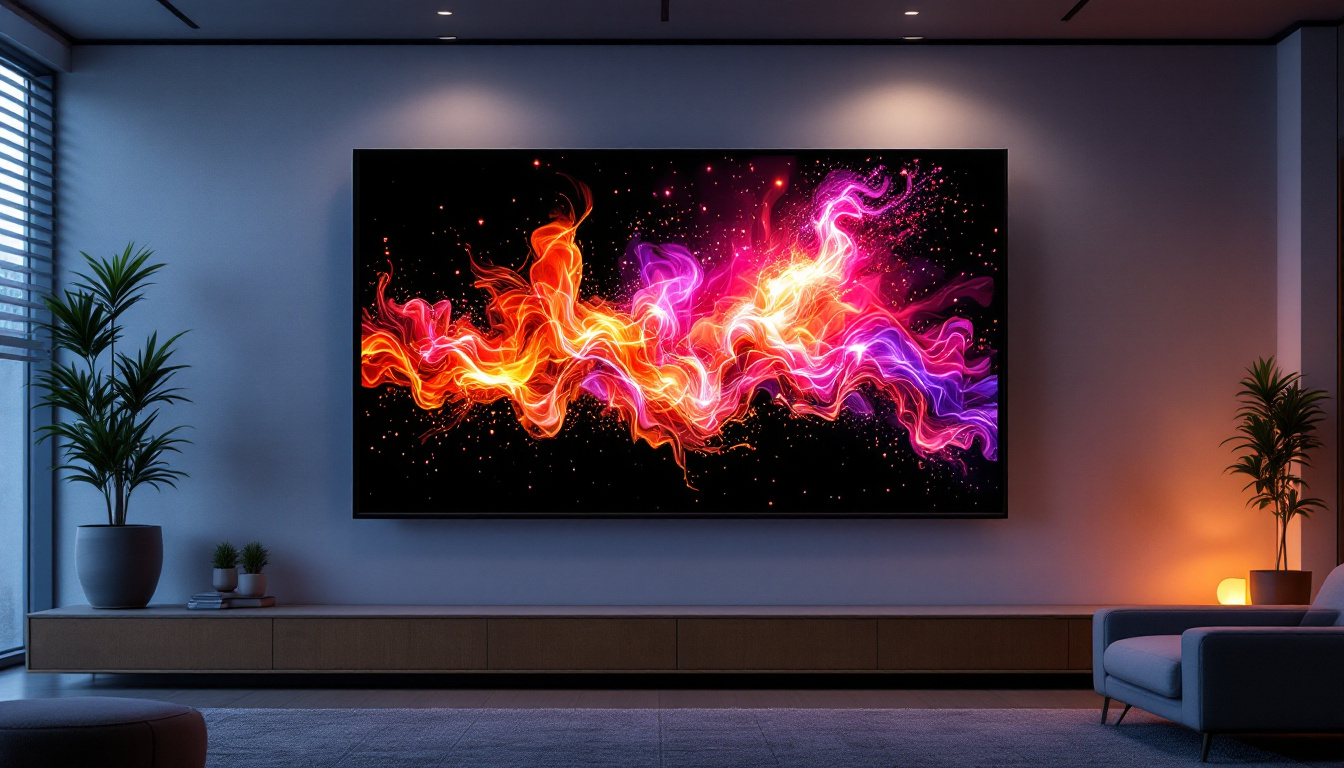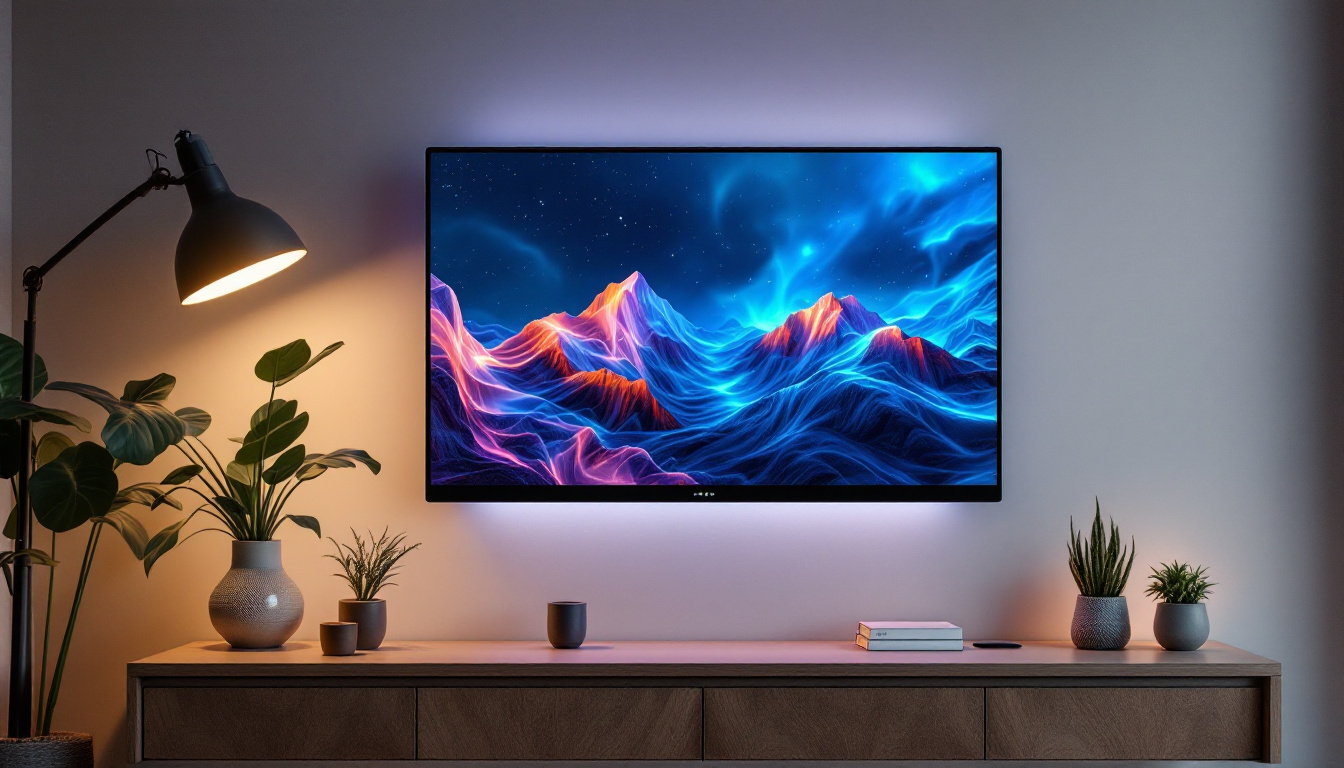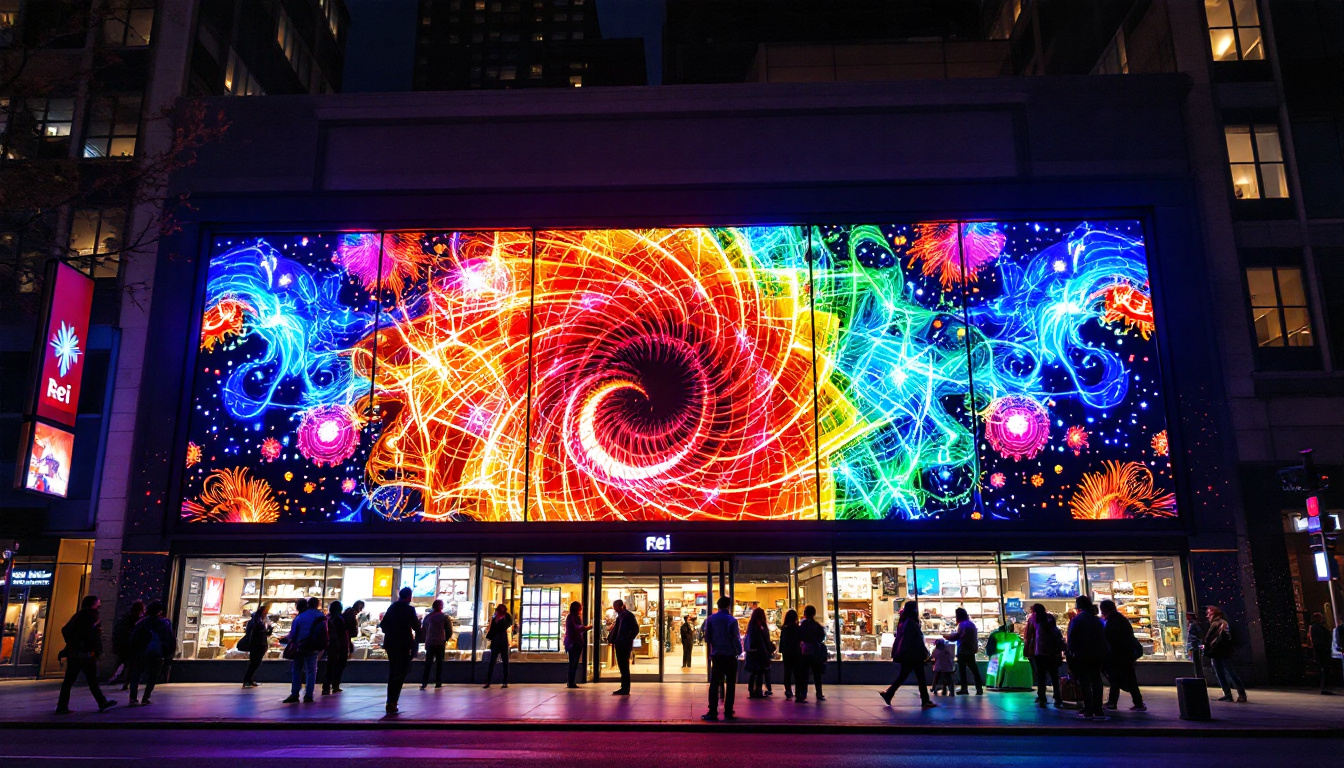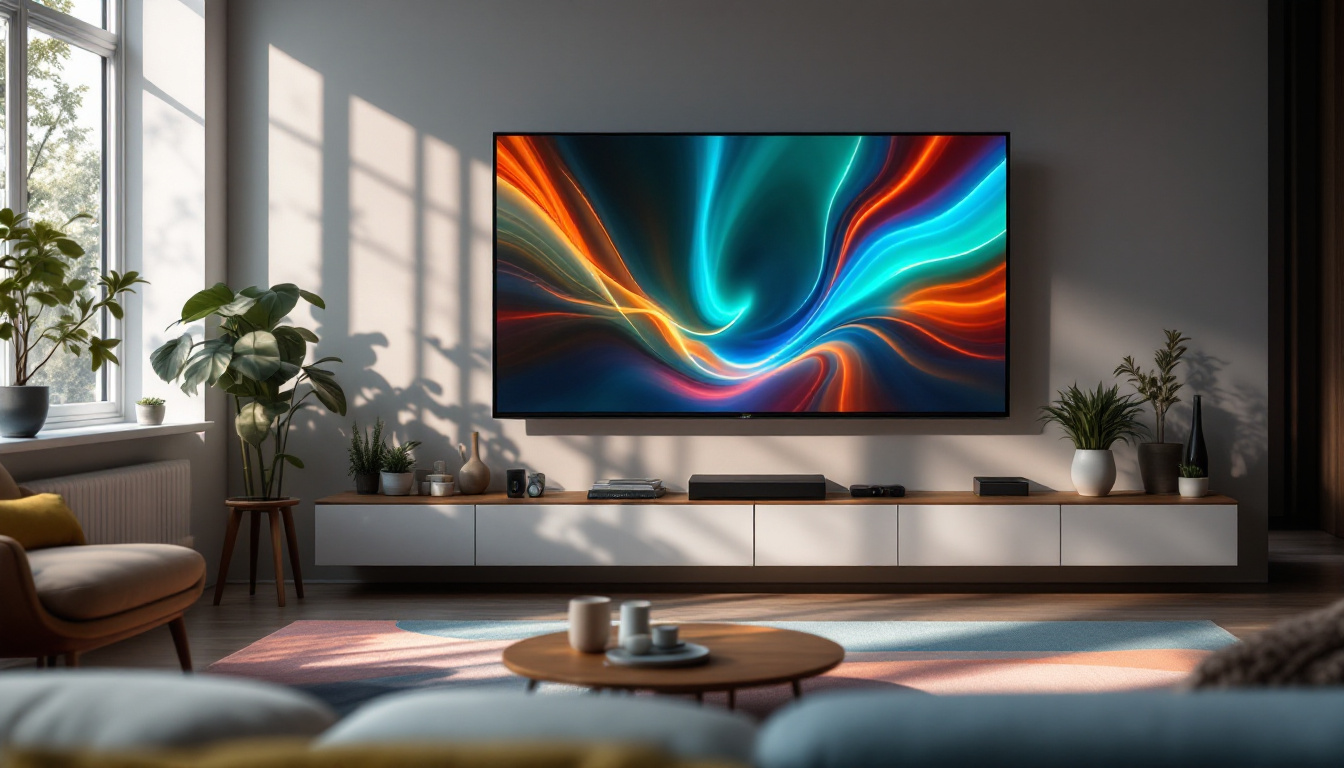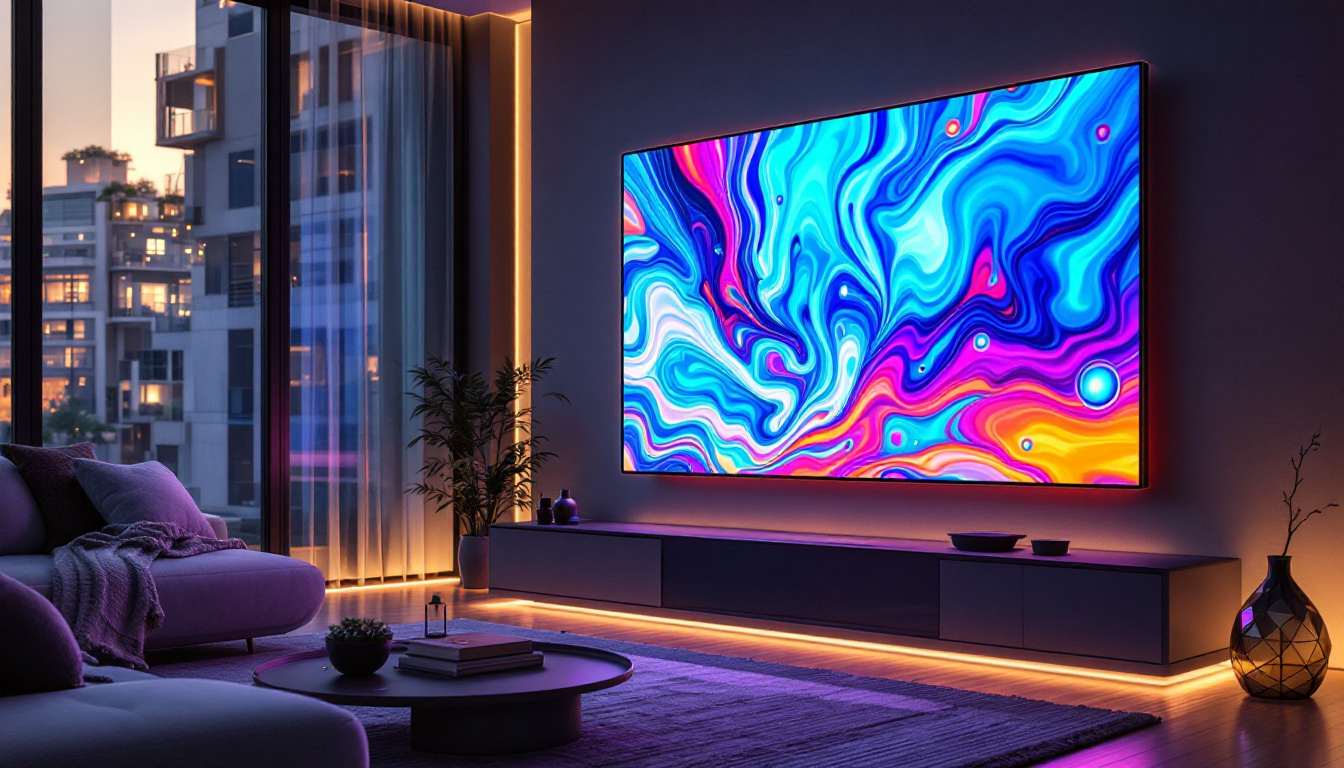In today’s world, screens are everywhere—from smartphones and laptops to televisions and digital billboards. Among the various display technologies, LCD and LED displays dominate the market, often causing confusion due to overlapping terminology. This article aims to clarify what LCD and LED displays are, how they work, their differences, and why understanding these technologies matters when choosing a screen for your needs.
Understanding LCD Technology
What is an LCD?
LCD stands for Liquid Crystal Display. It’s a flat-panel display technology that uses liquid crystals to modulate light and create images. Unlike traditional cathode ray tube (CRT) displays, LCDs are thinner, lighter, and consume less power, making them ideal for portable devices and modern TVs.
The core principle behind LCDs is the manipulation of light passing through liquid crystals. These crystals don’t emit light themselves but control the passage of light from a backlight source. When an electric current is applied, the liquid crystals align in such a way that they either block or allow light to pass through colored filters, producing the images you see on the screen. This innovative technology has revolutionized how we view content, from movies to video games, enhancing the overall visual experience.
How Does an LCD Work?
An LCD panel is composed of several layers. At the back is a light source, typically a fluorescent lamp or LEDs, which provides the illumination. In front of this backlight lies the liquid crystal layer sandwiched between two polarizing filters and glass substrates. The liquid crystals twist and untwist in response to electrical signals, controlling the amount of light passing through each pixel. This intricate process allows for precise control over brightness and contrast, contributing to the clarity of the displayed images.
Each pixel consists of three subpixels with red, green, and blue filters. By adjusting the intensity of light passing through these subpixels, the display can render millions of colors. This mechanism enables LCDs to produce sharp images with vibrant colors, making them suitable for a wide range of applications. Furthermore, advancements in LCD technology, such as the introduction of IPS (In-Plane Switching) panels, have significantly improved viewing angles and color accuracy, allowing for a more immersive viewing experience. As a result, LCDs have become the preferred choice for everything from smartphones to large-screen televisions, catering to the ever-growing demand for high-quality visual displays in our daily lives.
What is an LED Display?
LED as a Backlight Source
LED stands for Light Emitting Diode. In the context of LCD displays, LED refers to the type of backlighting used. Traditional LCDs used cold cathode fluorescent lamps (CCFLs) for backlighting, but modern LCDs predominantly use LED backlights due to their advantages in energy efficiency, brightness, and color accuracy.
Therefore, an “LED display” is essentially an LCD screen illuminated by LEDs rather than fluorescent lamps. This distinction is crucial because the term “LED TV” or “LED display” often misleads consumers into thinking it’s a fundamentally different display technology, when in fact it’s an LCD with a different backlight system. The transition from CCFL to LED backlighting has not only improved the visual experience but has also contributed to a more sustainable approach in technology, as LED lights consume significantly less power and have a longer lifespan than their fluorescent counterparts.
Types of LED Backlighting
There are two primary types of LED backlighting used in LCD displays:
- Edge-Lit LED: LEDs are placed along the edges of the screen, and light is distributed across the display using light guides. This design allows for thinner panels and is common in many modern TVs and monitors.
- Full-Array LED: LEDs are arranged in a grid directly behind the LCD panel. This setup enables local dimming, where specific zones can be dimmed or brightened independently, resulting in better contrast and deeper blacks.
Full-array LED backlighting is generally found in higher-end displays due to its superior picture quality, while edge-lit displays offer slimmer designs at a lower cost. The choice between these two types can significantly affect the viewing experience, especially in darker environments where contrast and black levels are more pronounced. Additionally, advancements in technology have led to the development of mini-LED and micro-LED displays, which promise even greater control over brightness and color, pushing the boundaries of what is possible in display technology.
As consumers become more discerning about picture quality, manufacturers are increasingly integrating features such as HDR (High Dynamic Range) support into their LED displays. HDR enhances the range of colors and contrasts that a display can produce, making images appear more lifelike and immersive. This has made LED displays not only a popular choice for general viewing but also a preferred option for gaming and professional content creation, where color accuracy and detail are paramount.
Differences Between LCD and LED Displays
Clarifying the Terminology
One of the biggest sources of confusion is the use of the term “LED display.” In reality, most LED displays on the market are LCD panels with LED backlighting. True LED displays, as standalone technologies, refer to screens where each pixel is an individual LED that emits its own light—commonly seen in large outdoor screens and some high-end TVs.
To summarize:
- LCD Display: Uses liquid crystals to control light, requires a backlight (either CCFL or LED).
- LED-backlit LCD Display: An LCD display that uses LEDs as the backlight source.
- True LED Display (OLED and MicroLED): Each pixel emits its own light, no backlight needed.
Comparing Picture Quality and Performance
When comparing traditional LCDs with CCFL backlights to LED-backlit LCDs, the latter generally offers better brightness, energy efficiency, and thinner designs. LED backlighting also supports advanced features like local dimming, which enhances contrast ratios significantly.
However, when comparing LED-backlit LCDs to true LED technologies like OLED (Organic LED) or MicroLED, the latter provide superior contrast, color accuracy, and viewing angles because each pixel emits its own light and can be turned off completely for true blacks.
Moreover, the color gamut offered by OLED displays is often wider than that of LED-backlit LCDs, allowing for more vibrant and lifelike colors. This is particularly noticeable in high-definition content and gaming, where the richness of colors can significantly enhance the viewing experience. Additionally, OLED technology allows for faster response times, which is crucial for fast-moving images, making it a preferred choice for gamers and action movie enthusiasts alike.
On the other hand, while LED-backlit LCDs have improved significantly, they can still suffer from issues like light bleed, where the backlight can leak around the edges of the screen, affecting the overall picture quality. This is less of a concern with true LED displays, where each pixel’s ability to turn off independently minimizes such artifacts, ensuring a more consistent and immersive viewing experience across various lighting conditions.
Advantages of LED-Backlit LCD Displays
Energy Efficiency and Longevity
LED backlights consume less power than CCFLs, which translates to longer battery life in portable devices and lower electricity bills for TVs and monitors. Additionally, LEDs have a longer lifespan and are more environmentally friendly because they contain no mercury, unlike fluorescent lamps.
Improved Brightness and Color Range
LED backlighting allows displays to achieve higher brightness levels, which is particularly beneficial in well-lit environments. Some LED-backlit LCDs also support wide color gamuts, enhancing the vibrancy and realism of images, which is crucial for professional photo and video editing.
Design Flexibility
The small size of LEDs enables manufacturers to produce thinner and lighter screens. Edge-lit LED displays, for instance, have enabled ultra-slim TV designs that are aesthetically pleasing and easier to mount on walls.
Emerging Display Technologies: OLED and MicroLED
What is OLED?
OLED, or Organic Light Emitting Diode, is a display technology where each pixel emits its own light through organic compounds. This eliminates the need for a backlight, allowing for incredibly thin, flexible, and high-contrast displays.
OLED screens offer perfect blacks, wide viewing angles, and fast response times, making them ideal for high-end smartphones, TVs, and wearable devices. However, they currently come at a higher cost and may suffer from burn-in over time.
MicroLED: The Next Frontier
MicroLED technology uses microscopic LEDs as individual pixels, combining the benefits of OLED’s self-emissive properties with higher brightness and longer lifespan. MicroLED displays promise exceptional color accuracy, durability, and energy efficiency.
While still emerging and expensive, MicroLED is expected to revolutionize display technology in the coming years, especially for large-format and premium devices.
Choosing the Right Display for Your Needs
Consider Your Usage Environment
For general use such as web browsing, office work, and casual media consumption, an LED-backlit LCD display offers a balanced combination of image quality, affordability, and energy efficiency. If you often use your device in bright environments, look for displays with higher brightness and anti-reflective coatings.
Professional and Creative Work
Photographers, video editors, and graphic designers benefit from displays with wide color gamuts, high contrast ratios, and accurate color reproduction. High-end LED-backlit LCDs with local dimming or OLED displays are preferable in these scenarios.
Entertainment and Gaming
For immersive gaming and movie watching, displays with fast response times, high refresh rates, and deep blacks improve the experience. OLED and some advanced LED-backlit LCDs with local dimming excel here.
Conclusion
Understanding the differences between LCD and LED displays is essential for making informed decisions when purchasing screens. While LCD refers to the liquid crystal technology controlling the image, LED typically refers to the backlighting method used in modern LCD panels. True LED displays, such as OLED and MicroLED, represent advanced, self-emissive technologies offering superior picture quality.
For most consumers, LED-backlit LCDs provide an excellent balance of performance, efficiency, and cost. However, as display technology continues to evolve, emerging options like OLED and MicroLED are setting new standards for visual experience. Knowing these distinctions empowers users to select the best display technology tailored to their specific needs.
Discover Cutting-Edge LED Displays with LumenMatrix
Ready to elevate your visual experience with the latest in LED display technology? LumenMatrix is at the forefront of innovation, offering a wide array of LED display solutions that cater to your unique needs. From captivating Indoor LED Walls to dynamic Outdoor LED Displays, and from versatile Vehicle LED Displays to sleek LED Poster Displays, our products are designed to make your brand stand out. Embrace the future of visual communication with our LED Sports Displays, interactive Floor LED Displays, and the revolutionary All-in-One LED Display. Experience transparency like never before with our LED Transparent Display. Don’t just take our word for it; see for yourself how LumenMatrix is revolutionizing the industry. Check out LumenMatrix LED Display Solutions and transform your space into a mesmerizing visual journey.

